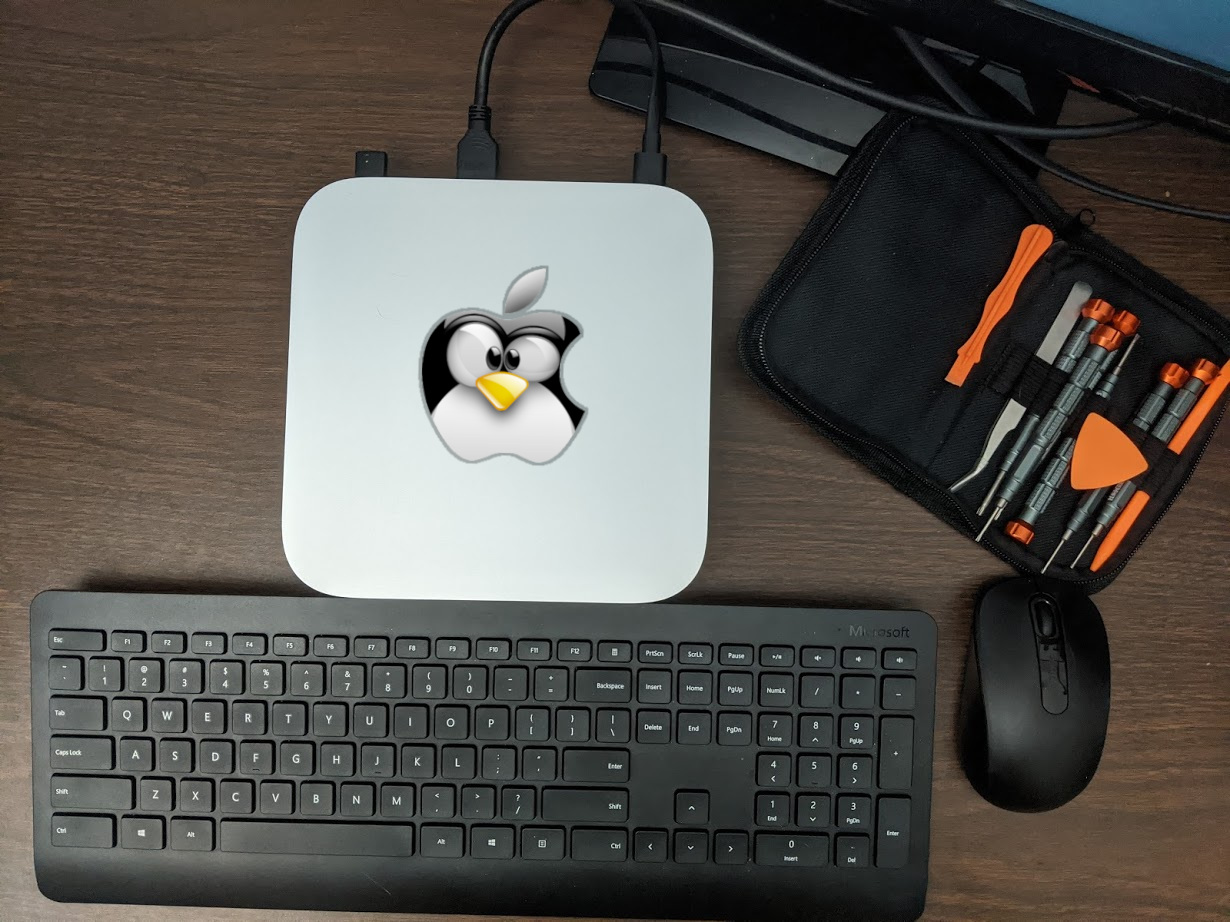
And, that’s the case with Asahi Linux on Apple M1 hardware. Of course, you should not expect every application to work seamlessly.

This shouldn’t impact desktop use too much but should be kept in mind. Unfortunately, some key features are still missing, most notably the CPU deep sleep mode, DisplayPort, Touchbar, Bluetooth, Camera, Thunderbolt, HDMI output on MacBooks, and GPU acceleration. The result is a reasonably usable desktop Linux experience, with many of the incredible features of Apple Silicon.

Built-in display on the MacBook Air and Pro.Some of the key hardware that works in this release includes: Surprisingly, this alpha release already has support for M1, M1 Pro, and M1 Max SoCs (except for the Mac Studio)! Although different devices with these chips do have varying levels of support, a lot of stuff is already working. But, we will be looking at what you need to know if you ever wanted to run Linux on your Apple M1 machine. It is still an alpha release for obvious reasons. Now, after more than a year of work, the Asahi Linux project has finally released its first Alpha version, which introduces Linux support for Apple M1 devices. Hence, the Asahi Linux project (based on Arch) was born, with the aim to develop all the drivers and tools necessary to make a working Linux installation on Apple’s ARM-based Macs. This was the software support, as it meant that it was no longer possible to boot a “normal” X86 distro on new Apple Mac devices with an M1 ARM chip. This reveal brought significant performance improvements and better power efficiency, although it did have one major drawback. In 2020, Apple unveiled the M1 at the WWDC event.


 0 kommentar(er)
0 kommentar(er)
